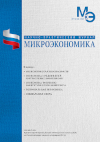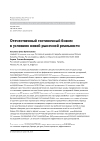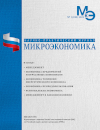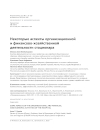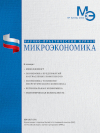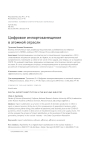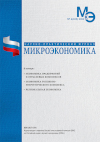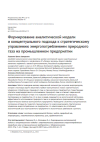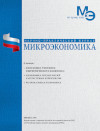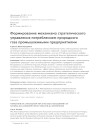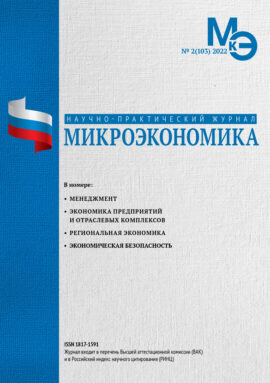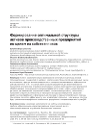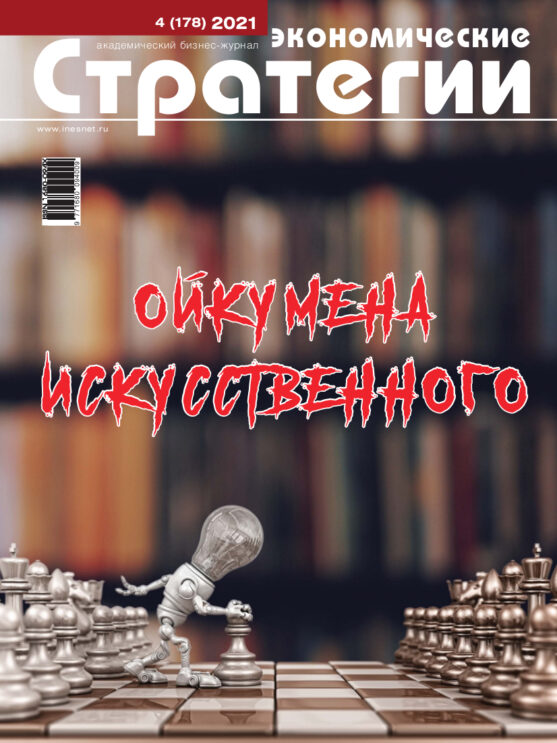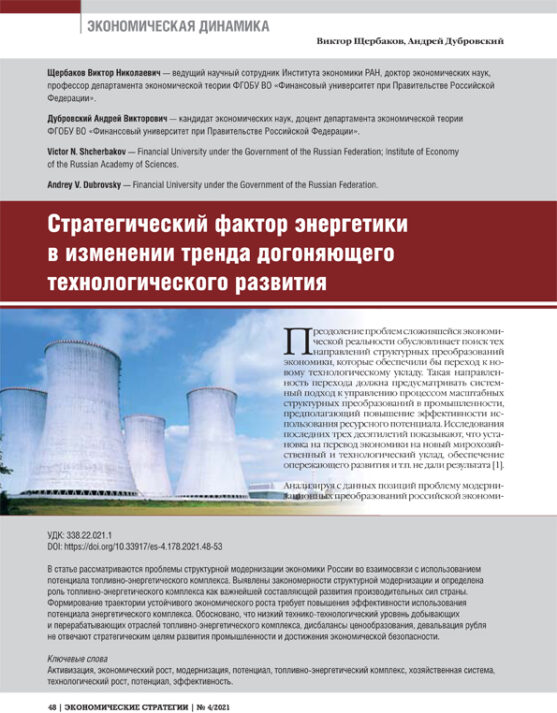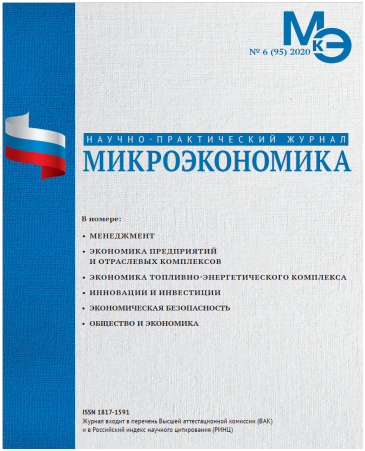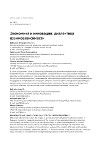Domestic hotel business in the conditions of the new market reality
DOI: 10.33917/mic-3.122.2025.52-63
The article considers the impact of sanctions, geopolitical situation, withdrawal of international hotel chains on the efficiency of hotel enterprises, transformation of business processes and resource potential in the current market conditions. The hotel business was one of the first to face new market realities under the European and US sanctions policy. The most vulnerable were hotel enterprises operating in the domestic market under the brands of international hotel chains. Leaving the market international hotel operators took away their business management technologies, marketing channels of promotion and sales, which negatively affected all business processes of hotel enterprises. New market realities contributed to the restructuring of key management systems of hotel enterprises, distribution and supply systems in order to maintain the quality of services and efficiency of operation. In a short period of time the domestic hotel business was able to adapt to the new conditions: import substitution of software, transition to products of domestic suppliers, creation of domestic reservation and sales systems. There was a sharp decrease in the number of foreign guests from Europe and the USA, while the number of domestic guests and guests from China, India, UAE, Iran and other friendly countries increased, which also required transformation of service standards. Despite the positive dynamics of key performance indicators of hotel enterprises, there are still a number of problems that need to be solved in order to fully levelling the consequences of the emerged difficulties and improving the efficiency of functioning.
References:
1. Baranova N.V., Yakimenko M.V. Transformation Processes in the Russian Hotel Business // International Academic Journal «BULLETIN OF SCIENCE». 2024;2(6(75)):61-67.
2. Belousova N.A. Development of Hotel Business under Contemporary Circumstances. Economic Sciences. 2024;8-3(95):118-120.
3. Zhelikhovskaya M. International Hotel Chains: Who Works in Russia? Tourist Business Journal [Electronic resource]. URL: https://mag.russpass.ru/business/rubric/biznes/mezhdunarodnye-gostinichnye-seti-kto-rabotaet-v-rossii
4. Official Website of the Federal State Statistics Service [Electronic resource]. URL: https://websbor.rosstat.gov.ru/online/
5. Official Website of Interfax information group. Brands Left – Hotels Remained [Electronic resource]. URL: https://www.interfax-russia.ru/realty/analytics/brendy-ushli-oteli-ostalis /
6. Official Website of RBC. Several International Hotel Brands Left St. Petersburg [Electronic resource]. URL: https://www.rbc.ru/spb_sz/16/07/2022/
7. Official Website of Forbes. «Kommersant»: The Owner of the International Hotel Chain Holiday Inn Is to Leave Russia [Electronic resource]. URL: https://www.forbes.ru/biznes/464375/
8. Official Website of Forbes. Only the Names Change: How the Departure of International Hotels Affects the Tourism Industry [Electronic resource]. URL: https://www.forbes.ru/forbeslife/473407/


